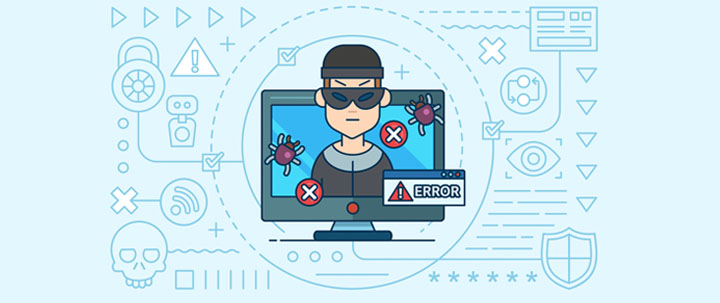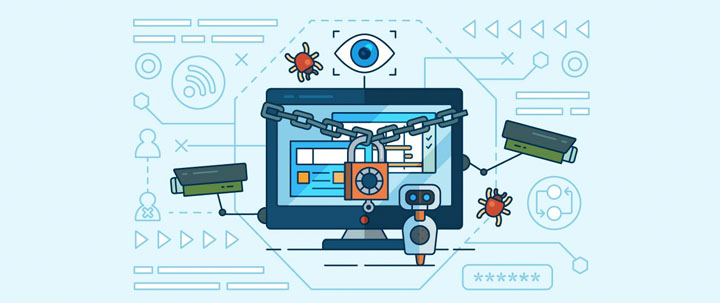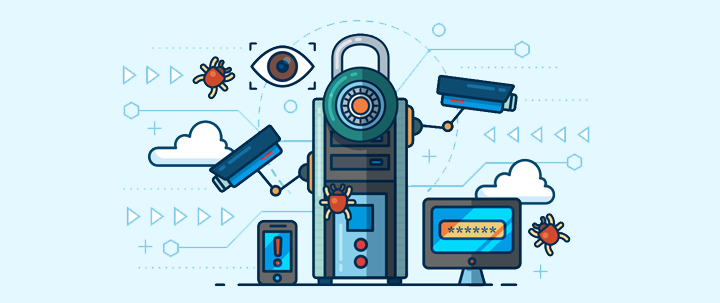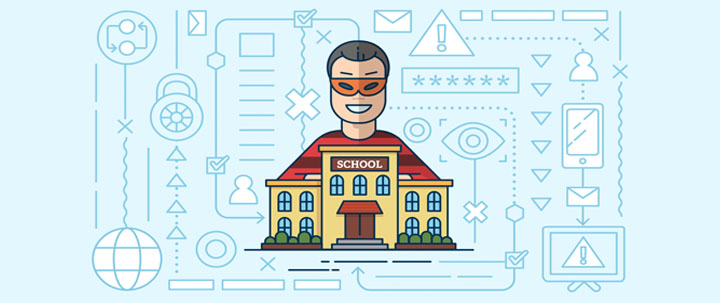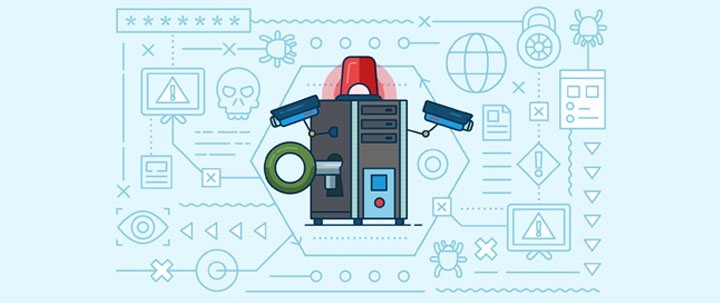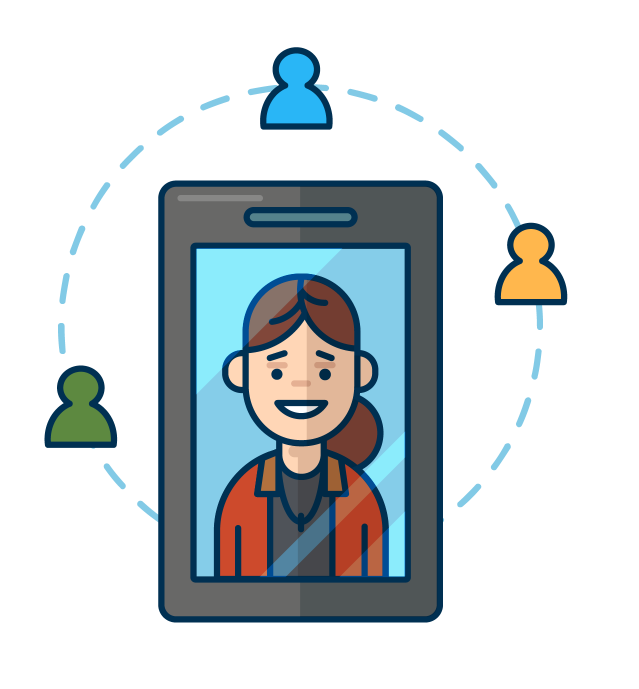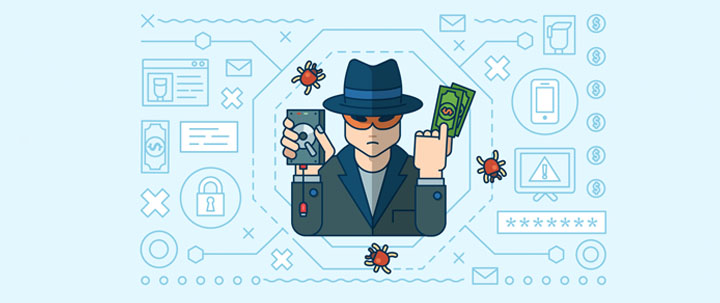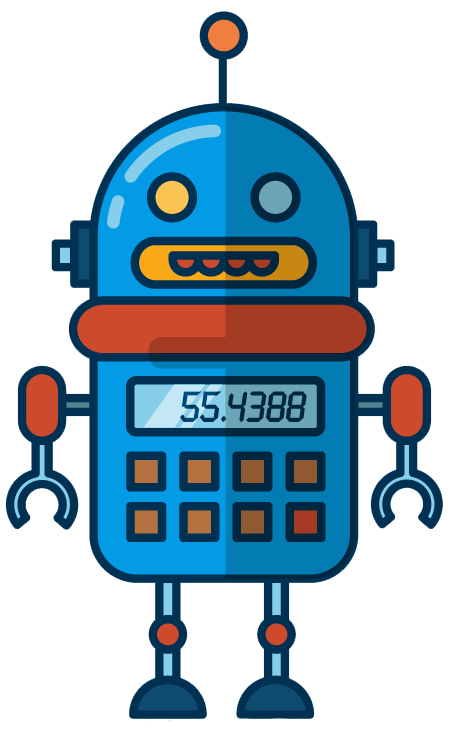By Carrie Dagenhard (Tech Writer)
IT and MSP pros know that fighting against malware nowadays feels like fending off the Hydra. Just as you’ve patched a vulnerability or squashed a potential attack, several more incidents surface; this can get exhausting, demoralizing, and, for managed service providers, become a drain on resources and potential profits.
But what is this Hydra, and what does it have to do with malware?
In Greek mythology (and in Disney’s “Hercules”), The Hydra is a multi-headed serpentine swamp creature that terrorized nearby villages. It was incredibly challenging to conquer because every time a brave hero slashed off one of the monster’s heads, two more would grow in its place (plus it had poisonous blood, like Aliens). Sounds familiar?
As any IT professional can attest, fighting malware can be like a Greek tragedy, and it’s only getting worse. According to Security magazine, ransomware attacks nearly doubled in 2021. And over the past decade, cybersecurity spending has grown exponentially, consuming the lion’s share of some tech organizations’ IT budgets. Some experts believe global cybersecurity spending will exceed $300 billion this year.
So, what can you do to help your customers mitigate their risks so you can spend less time fighting malware in order to have more time to focus on proactive efforts and increase your MSP's earning potential?
Let's review some top tips we've compiled from IT pros in the field to help fight malware monsters.
Ongoing Security Information
When most people hear about malware, they assume hackers target giant corporations with several million dollars in annual revenue. And they do. But they’re also targeting smaller organizations. In fact, Forbes reported small businesses are three times more likely to be targeted by cybercriminals.
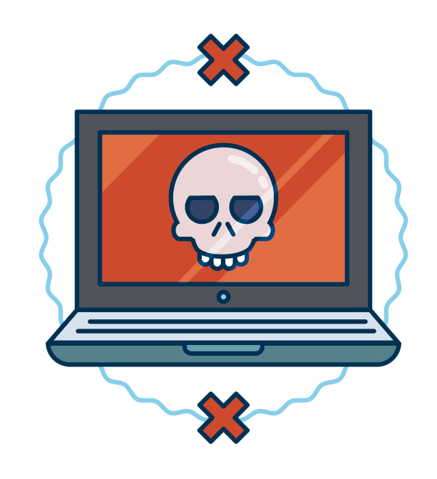 While you can do plenty of things to help your clients fight these attacks, one of the most important steps any organization can take is to educate its workforce. Thanks to our increasing reliance on technology, employees’ negligent digital behaviors have become one of the biggest hazards. But, if a company’s workforce understands where threats originate and how their behaviors increase or decrease risks, they can also become the best defense. Over time, habits like setting strong passwords and identifying potential threats will become second nature.
While you can do plenty of things to help your clients fight these attacks, one of the most important steps any organization can take is to educate its workforce. Thanks to our increasing reliance on technology, employees’ negligent digital behaviors have become one of the biggest hazards. But, if a company’s workforce understands where threats originate and how their behaviors increase or decrease risks, they can also become the best defense. Over time, habits like setting strong passwords and identifying potential threats will become second nature.
If you haven’t already, suggest your clients invest in security education.
Data Backups
There are several types of malware — worms, viruses, trojans, spyware, and ransomware, to name a few. But there’s one thing most types of malicious software have in common: they’re designed to access information and systems and to either destroy data or block access. Ransomware, which is one of the leading types of malware, prevents users from getting into their networks or data until the user pays a hefty fee.
Investing in data backups is one of the best ways to circumvent business disruption or data loss that typically accompanies a successful malware attack. Encourage your clients to keep three copies of their data: one on a cloud server, one on an external drive, and one offline.
Updated Antivirus And Firewall
When companies become victims of successful cyberattacks, it’s rarely because their antivirus or firewalls are defective. More often than not, it’s because they weren’t updated.
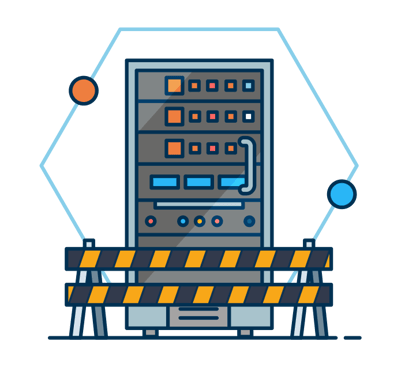 Malware is ever-changing, and thousands of new malware programs are detected daily. Cybersecurity software providers constantly release new versions of their products to help protect against emerging threats, but people often forget to handle manual updates.
Malware is ever-changing, and thousands of new malware programs are detected daily. Cybersecurity software providers constantly release new versions of their products to help protect against emerging threats, but people often forget to handle manual updates.
If you’re not responsible for managing your customers’ antivirus or firewall software, then make sure they’re regularly updating and, when possible, setting up auto-updates. Additionally, ensure they know neither option is 100% effective against malware or other cyber attacks.
Network Segmentation
One of the challenges with malware is that, in addition to becoming more prevalent, it’s also becoming more sophisticated. Unlike hackers in the past, who often worked alone or as part of dark web crime rings, we’re now grappling with nation-state hacking organizations that have access to highly advanced technology and resources.
Statistically, you’ll likely encounter malware at some point. But, there are some actions you can take to limit how much damage malware does to your organization.
By dividing a network into multiple, smaller networks, network segmentation helps reduce the spread of malware. By giving each system its own security controls and access, you can isolate potential threats and remove them before they infect a company’s entire system.
Endpoint Security
Professionals outside the IT world don’t always realize that every piece of hardware, from smartphones and tablets to laptops and servers, represents another endpoint that a hacker can use to gather data or access networks. And because so many companies now rely on distributed workforces, endpoint security is even less outside their control.
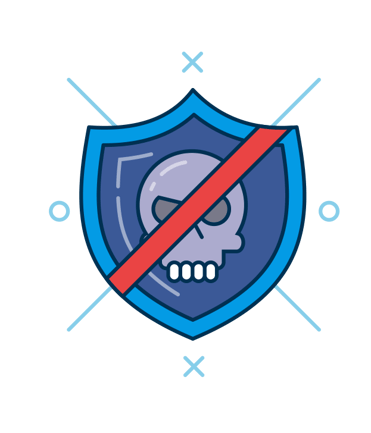 One option is to encourage clients to opt for endpoint protection platforms (EPPs), which allow admin monitoring and control of each device. Another option is to ensure all employees log into the company’s network using a virtual private network (VPN). And it’s crucial everyone leverages multi-factor authentication.
One option is to encourage clients to opt for endpoint protection platforms (EPPs), which allow admin monitoring and control of each device. Another option is to ensure all employees log into the company’s network using a virtual private network (VPN). And it’s crucial everyone leverages multi-factor authentication.
Use Incidents as Learning Opportunities
Whether it’s clicking on a nefarious link, opening an infected file, visiting sketchy websites, sharing passwords, using unprotected WiFi, or some other negligent action, every mistake is a chance to learn.
When you receive tickets for issues that result from a bad habit or ignorance about cyber threats, you can use this as a teachable moment. Help employees understand how their actions created the risk and why they must do better. Encourage your clients to hold their workforce accountable for their actions online, so they begin forming healthier digital habits.
Invest in User-Friendly Helpdesk Software
The best helpdesk software is one your clients will use. That’s why it’s vital you opt for a solution that’s straightforward and easy to navigate. If it’s too daunting to put in a ticket, employees will use other channels (which can get messy) or ignore the issue until it gets worse.
Every second counts when it comes to staying ahead of potential cybersecurity threats. And by selecting reliable helpdesk software, you can ensure employees can efficiently communicate issues and automatically notify techs immediately. While this might not prevent a cyberattack, it can help you identify and neutralize the threat as quickly as possible.
Malware isn’t going away, and it’s becoming increasingly expensive and resource-intensive to fight these threats. Investing in the best cybersecurity software still doesn’t guarantee a business won’t be attacked. But, by taking the actions above, you can help your clients mitigate their risks, reduce the number of incidents, and free your team to work on more proactive and lucrative efforts.

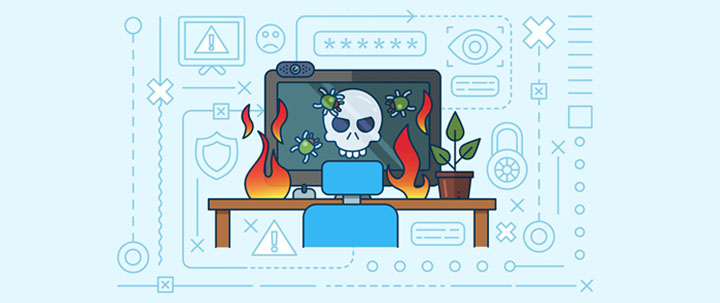

%201.png?width=559&height=559&name=close-up-women-working-with-devices%20(1)%201.png)
